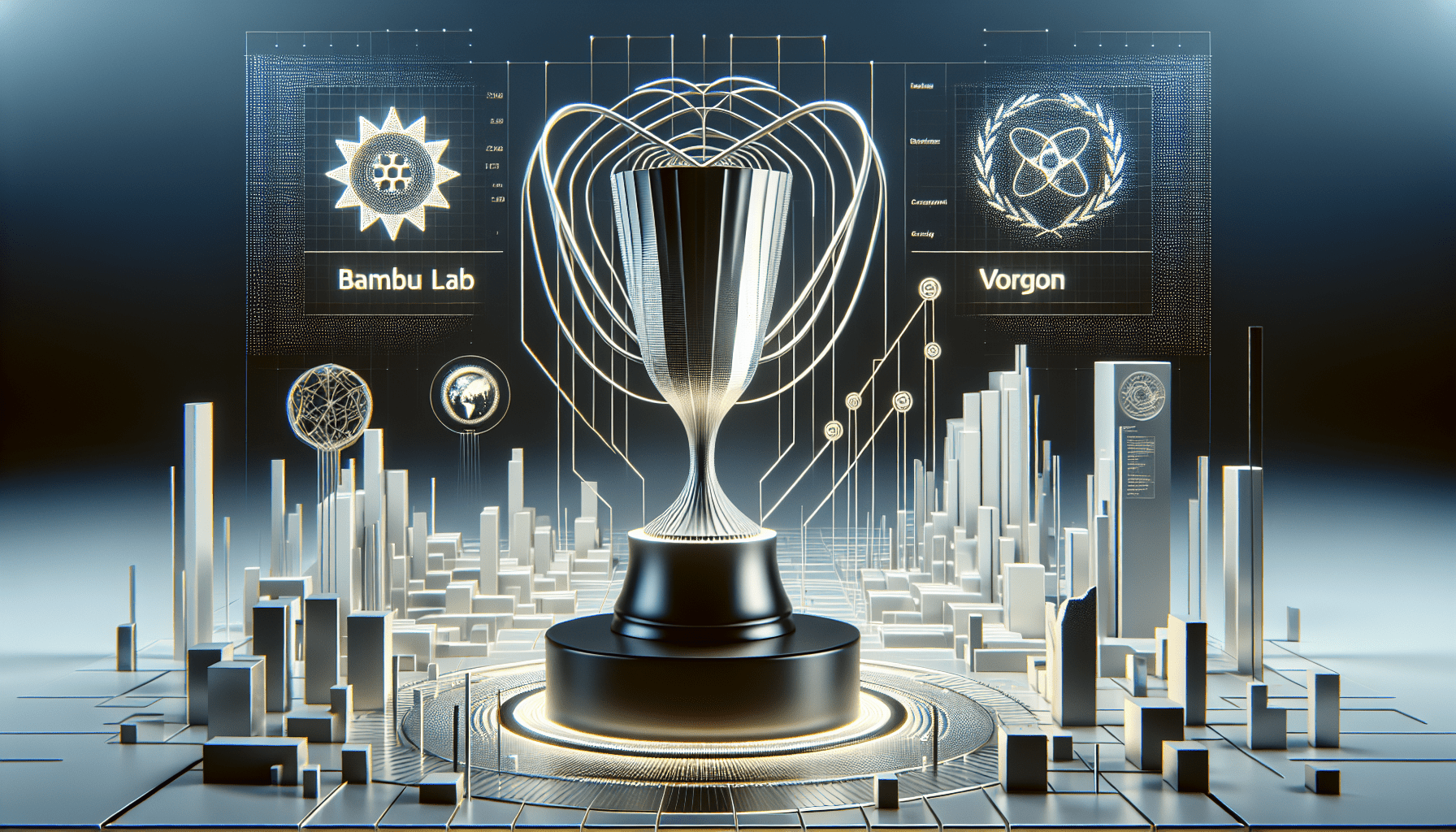Creality K2 Plus Combo 3D Printer, Multi Color Printing with New CFS, Max 600mm/s Printing Speed, Full-auto Leveling, Next-Gen Direct Drive Extruder, Dual Al Camera, Build Volume 350 * 350 * 350mm
$1,349.00 (as of June 19, 2025 23:45 GMT +00:00 - More infoProduct prices and availability are accurate as of the date/time indicated and are subject to change. Any price and availability information displayed on [relevant Amazon Site(s), as applicable] at the time of purchase will apply to the purchase of this product.)Have you ever wondered how technology can be harnessed to rejuvenate our natural ecosystems and promote sustainable practices? If so, you’ll be fascinated by the incredible initiative happening in Oman.

$30 off $400+ Anycubic Products with code AC30OFF
The Beginning of an Innovative Partnership
Omantel, the pioneer telecommunications company in Oman, has recently joined forces with Innotech, an Omani 3D printing startup. Together, they are embarking on an ambitious project: using 3D printing technology to create artificial reefs from concrete. This collaboration is not just a testament to technological innovation but is also a significant step towards enhancing marine biodiversity and supporting local economies.
Why Artificial Reefs?
Natural reefs, primarily composed of coral, play a crucial role in marine ecosystems. They provide habitats for a multitude of marine species, offer protection to coastlines, and support fishing communities by boosting fish populations. However, factors like climate change, pollution, and overfishing have led to the decline of these vital underwater structures.
Artificial reefs are human-made structures placed on the seafloor, designed to mimic the characteristics of natural reefs. They serve as substrates for marine organisms such as corals, sponges, and algae to attach and grow, which in turn attracts various marine species. This creates a thriving marine habitat capable of supporting diverse life forms.
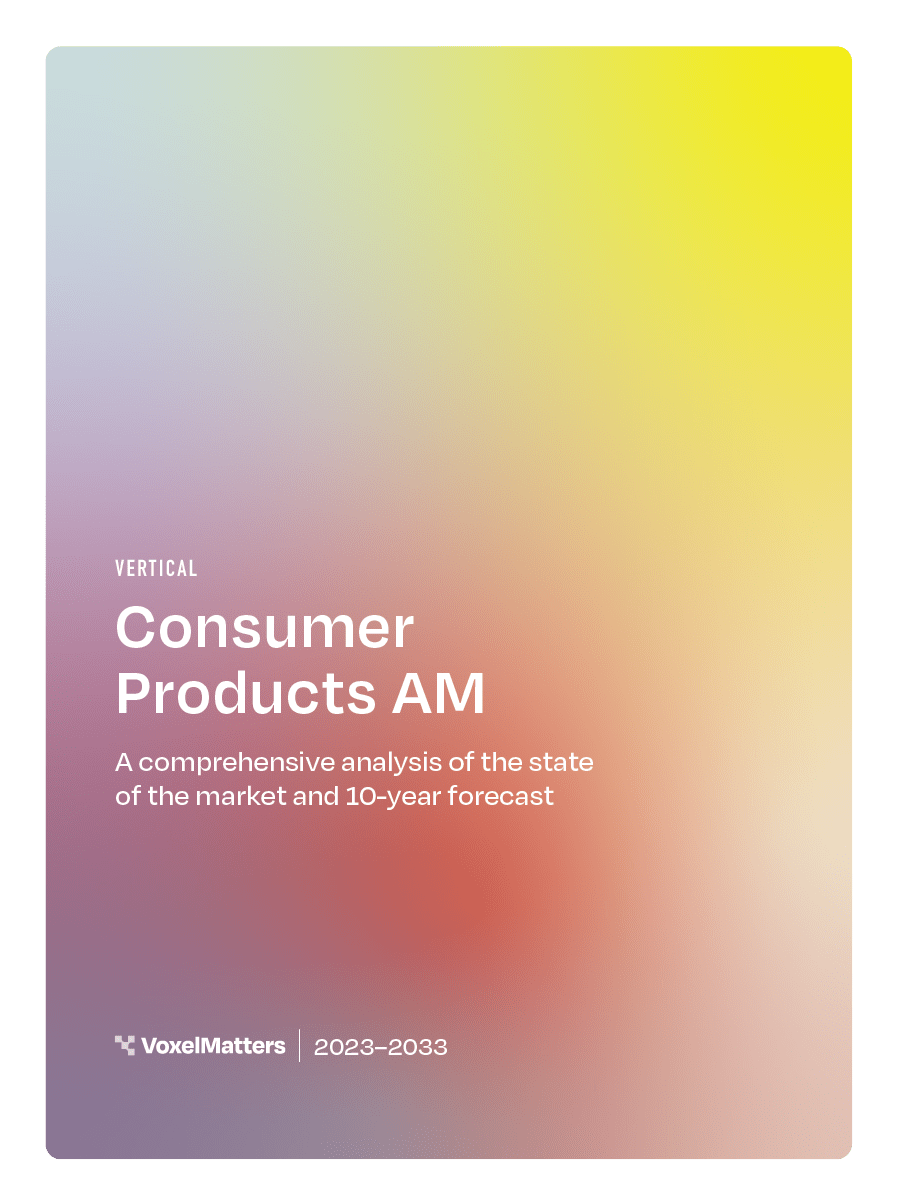
Buy Photon Mono M5 Get Free 1KG Resin
Making Waves with 3D Printing Technology
The Role of 3D Printing
One of the distinguishing aspects of this project is the use of 3D printing technology to fabricate the artificial reefs. Traditional methods of constructing artificial reefs often involve materials like old ships, tires, and specially designed concrete blocks dropped into the sea. While effective, these methods lack the precision and customization that 3D printing offers.
3D printing enables:
- Customization: Complex designs incorporating crevices, caves, and ledges can be created to mimic natural marine environments.
- Efficiency: Reduces construction time and material waste.
- Scalability: Structures can be easily replicated or adjusted as needed.
Concrete: The Building Block of Reefs
Concrete is a preferred material for constructing artificial reefs due to its durability and ecological compatibility. The mixture used in this project is carefully designed to be porous, encouraging marine organisms to attach quickly. These concrete structures are printed using Innotech’s proprietary 3D printing technology — a marvel of modern engineering.
Objectives of the Initiative
The primary aim of this collaboration is to tackle the issue of depleting fish populations and to promote sustainable fishing practices. By installing 3D printed artificial reefs, the project seeks to:
- Increase Fishery Yields: By providing additional habitats and safe spawning grounds, these reefs will support larger fish populations.
- Promote Biodiversity: Establishing new marine habitats will boost the diversity of marine life in the region.
- Support the Local Economy: Improved fish yields contribute to the livelihoods of local fishing communities and related industries.
- Boost Tourism: Healthy reefs can attract tourists for diving and snorkeling, providing an additional revenue stream.
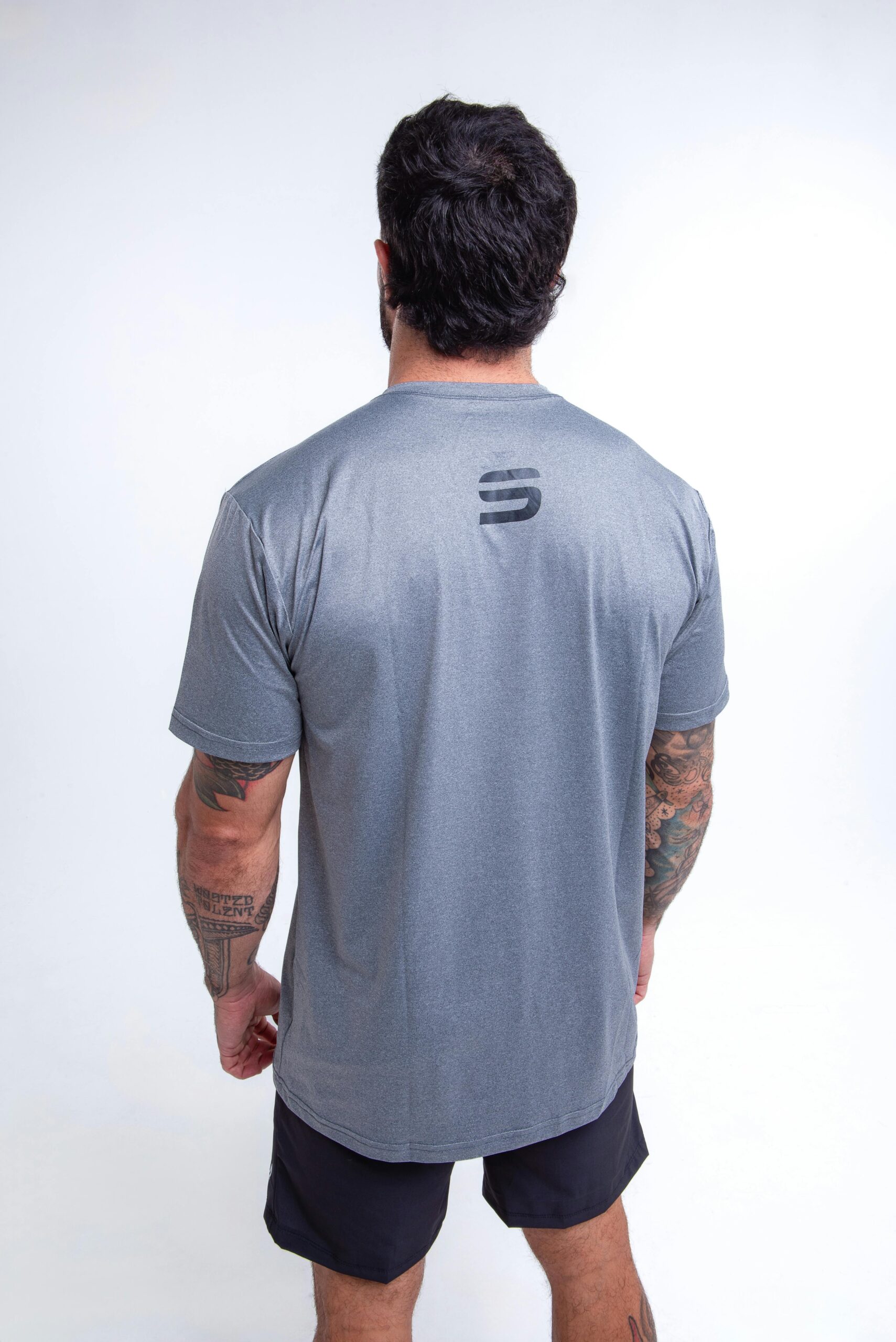
A Vision Aligned with Oman Vision 2040
Oman Vision 2040
Omantel’s venture is aligned with Oman Vision 2040, a strategic framework aimed at transforming the nation’s socio-economic landscape. Key goals under this vision include:
- Economic Diversification: Reducing reliance on oil by investing in varied industries, including technology and tourism.
- Environmental Sustainability: Ensuring that development projects are environmentally friendly and sustainable.
- Technological Advancement: Promoting innovation and the use of emerging technologies to drive development.
Aligning with Corporate Social Responsibility (CSR)
Omantel’s Chief Commercial Officer, Aladdin Bait Fadhil, emphasizes the importance of this project within the company’s CSR strategy. He remarks, “Supporting environmental initiatives has always been a main driver to our CSR strategy. The depleting fish populations in the sea are a matter of concern all over the world. At Omantel, we are acutely aware of this situation and have therefore decided to partner with Innotech to support this initiative to boost fish yield by creating artificial reefs.”
The People Behind the Success
Innotech: A Homegrown Innovator
Innotech brings to the table a team of skilled graduates from some of Oman’s leading universities and colleges. This startup epitomizes Omani ingenuity and creativity, having developed its own 3D concrete printer — the first of its kind to be manufactured locally. The startup’s technological prowess is further validated by the patent they hold for their 3D printer.
Omantel’s Technological Prowess
Omantel isn’t just another telecommunications company; it is at the forefront of leveraging advanced technologies to address various challenges. By integrating cloud solutions, ICT solutions, AI, smart solutions, and cybersecurity, Omantel consistently aims to boost innovation and leadership in new technologies.
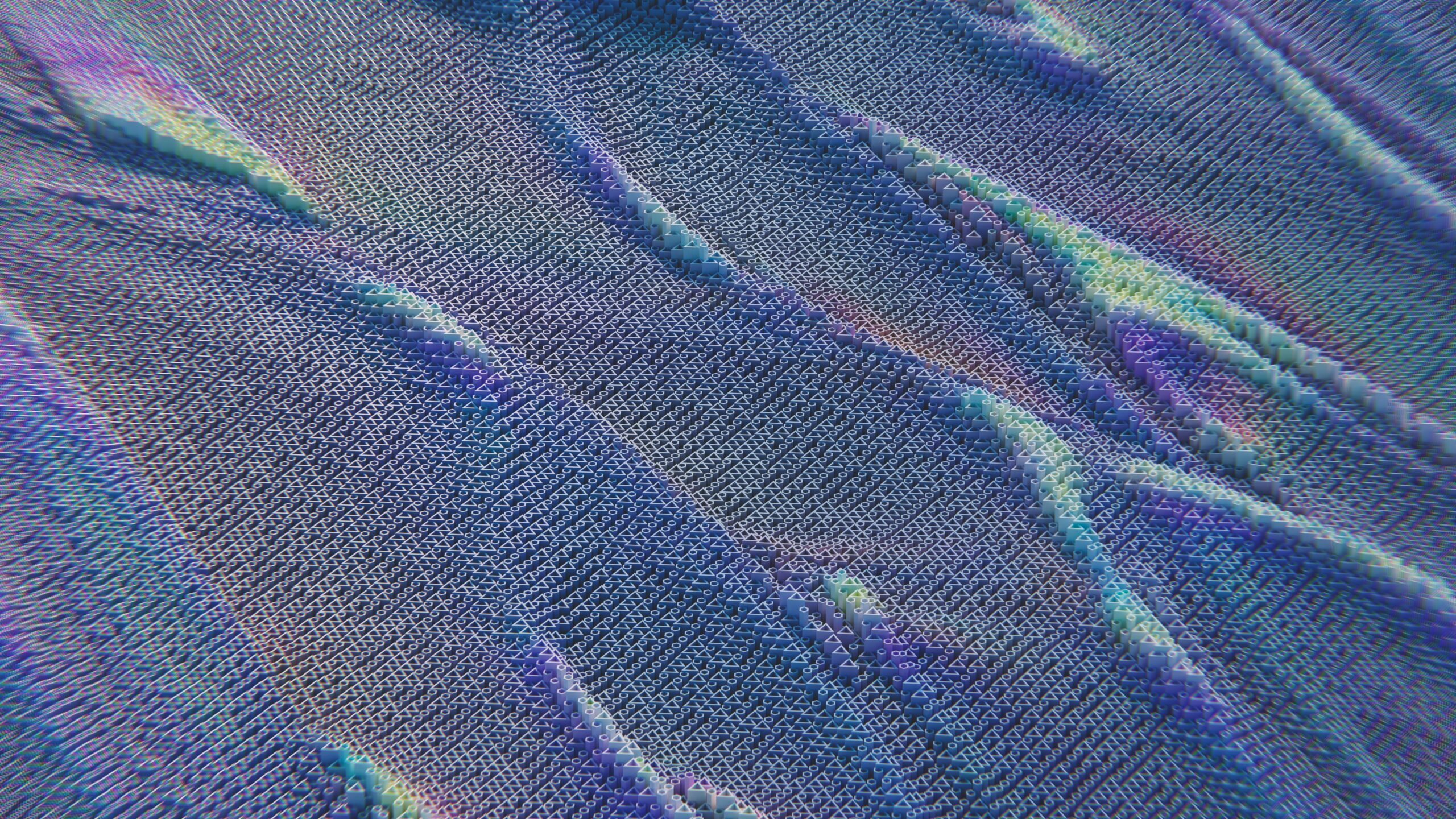
Implementing the Project
Design and Customization
The process begins with designing the reef structures. This phase involves intricate planning to ensure that the structures have all the features necessary to support a thriving marine ecosystem. Using 3D design software, engineers create models that include:
- Crevices: Small gaps that provide hiding spots for smaller fish and other marine organisms.
- Caves: Larger enclosed spaces for bigger creatures.
- Ledges: Overhanging structures that offer shelter and feeding grounds.
Material Composition
The next step involves selecting the right material composition for the concrete. Porosity is a significant factor here, as a porous surface will encourage quicker colonization by marine organisms. The concrete mix is a proprietary blend designed to be both durable and conducive to marine life.
3D Printing Process
With designs finalized and materials ready, the 3D printing process begins. Innotech’s 3D printer methodically lays down layers of the concrete mix, following the design parameters to create the intricately detailed reef structures.
Deployment
Once printed, these structures are carefully transported and placed in the designated areas within Muscat’s coastal waters. Their placement is strategic, ensuring that they quickly become integrated into the existing marine landscape.
Ongoing Monitoring and Maintenance
The success of this project doesn’t end with deployment. Continuous monitoring is essential to gauge the effectiveness of the artificial reefs. This involves:
- Regular Inspections: Divers check the reefs for signs of colonization and structural integrity.
- Data Collection: Marine biologists gather data on the species that inhabit the reefs and their growth rates.
- Adjustments: Based on collected data, minor modifications might be made to optimize the reefs’ effectiveness.
Community and Economic Impact
Creating artificial reefs offers a multitude of benefits beyond just supporting marine life. For the local communities, this project presents several economic opportunities:
Tourism: The installation of artificial reefs can be a boon for tourism. Divers and snorkelers are always on the lookout for new, vibrant underwater environments to explore. As these reefs flourish, they are likely to become popular attractions, boosting local tourism.
Fishing: The primary aim of increasing fish populations will directly benefit local fishers. More fish means higher yields, which can translate into better income and improved livelihoods for those who rely on fishing as their primary source of income.
Education and Research: The project offers a wealth of opportunities for educational institutions and researchers. Students and researchers can study the impact of artificial reefs firsthand, gaining valuable insights into marine biology and conservation efforts.
Sustainable Fishing Practices
One of the overarching aims of this initiative is to promote sustainable fishing practices. Teaching and encouraging local fishers to adopt sustainable methods ensures that fish populations remain healthy in the long term. Sustainable practices can include:
- Fishing Quotas: Limiting the amount of fish caught to prevent overfishing.
- Seasonal Restrictions: Banning fishing during breeding seasons to allow fish populations to replenish.
- Selective Fishing Techniques: Using gear that reduces bycatch (the capture of unintended species).
Broader Implications for Marine Conservation
This innovative project in Oman serves as a beacon of hope for global marine conservation efforts. The success of Omantel and Innotech’s collaboration could inspire other nations and organizations to adopt similar approaches.
Advancing Marine Biology Research
Artificial reefs offer a controlled environment for studying marine ecosystems. Researchers can gain insights into how different species interact with each other and their habitats. This knowledge can further inform conservation strategies and initiatives.
Policy and Legislation
The outcomes of this project can provide valuable data for policymakers. Evidence of increased fish yields and improved biodiversity could lead to new legislation aimed at protecting marine environments and promoting the use of artificial reefs.
Replication and Scalability
One of the key advantages of 3D printing technology is its scalability. Once the initial designs and processes are refined, they can be replicated in other regions facing similar challenges. This creates a scalable model for marine conservation that can be implemented globally.
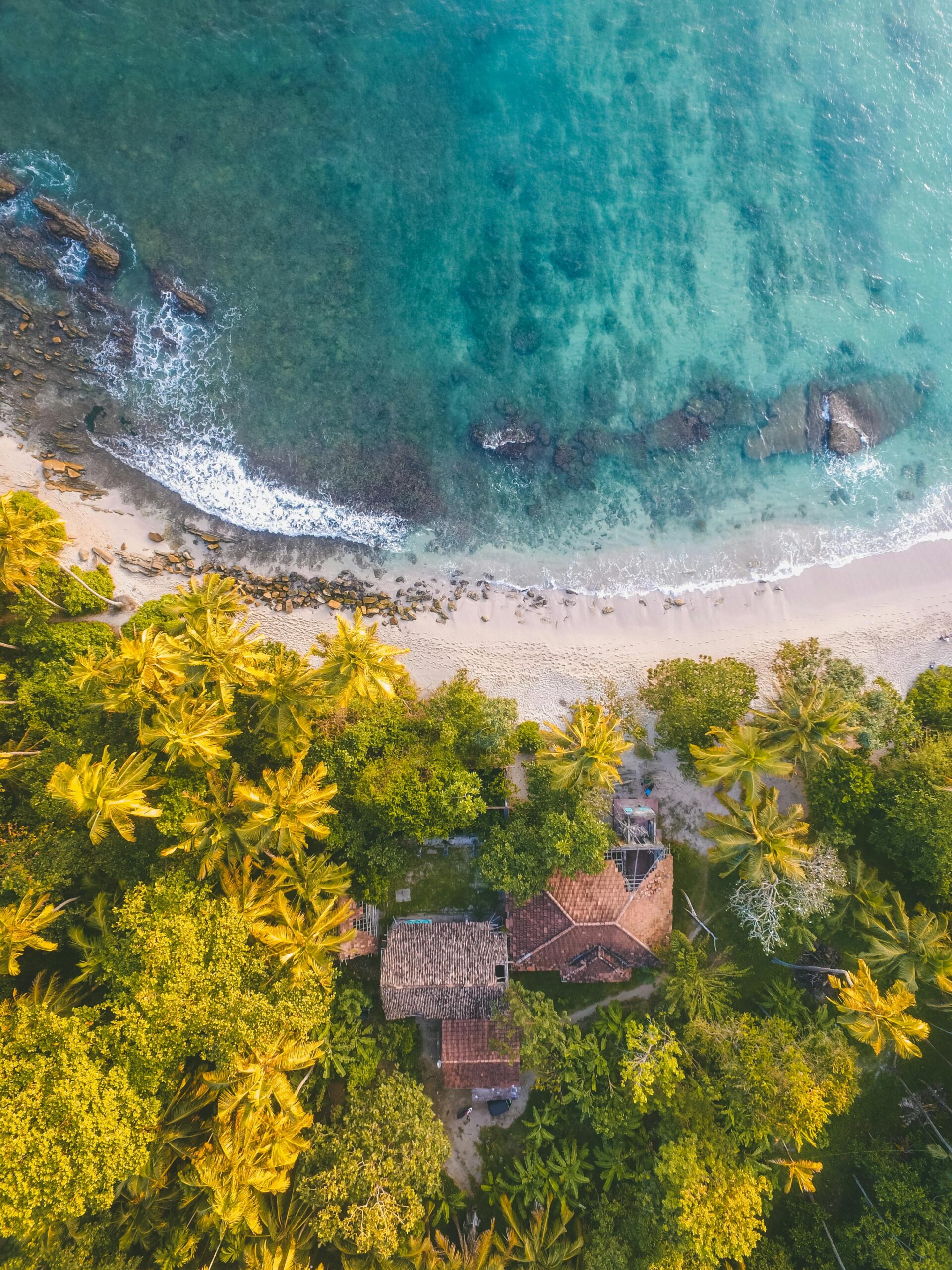
Challenges and Solutions
Every innovative project comes with its own set of challenges. Understanding these challenges and the corresponding solutions is crucial for the initiative’s success.
Environmental Impact
One of the primary concerns is ensuring that the artificial reefs do not negatively impact the surrounding environment. This requires careful placement and continuous monitoring to ensure that the new structures integrate seamlessly with the existing marine ecosystem.
Community Engagement
Engaging the local community is essential for the project’s success. This includes educating them about the benefits of artificial reefs and involving them in the project. Creating a sense of ownership and responsibility within the community can lead to better care and maintenance of the artificial reefs.
Technological and Logistical Challenges
The deployment of 3D printed structures in marine environments presents unique technological and logistical challenges. These can include:
- Transportation and Placement: Ensuring that the reef structures are transported and placed without damage.
- Structural Integrity: Making sure that the structures can withstand marine conditions over time.
Advanced planning, robust design, and testing can mitigate many of these challenges, ensuring the project’s success and longevity.
Conclusion
The collaboration between Omantel and Innotech to 3D print artificial reefs in Oman is a groundbreaking initiative with far-reaching implications. It exemplifies how modern technology can be harnessed to address pressing environmental issues while promoting economic and community development.
By furnishing marine ecosystems with new habitats, this project aims to rejuvenate fish populations, support local economies, and advance our understanding of marine conservation. It stands as a beacon of innovation and sustainability, demonstrating that creative thinking and technological advancement can lead to substantial positive change.
So, the next time you ponder the capabilities of modern technology, remember the remarkable potential it holds in revitalizing our natural world. The oceans, teeming with undiscovered wonders, await the nurturing hand of human ingenuity.
$30 off $400+ Anycubic Products with code AC30OFF







